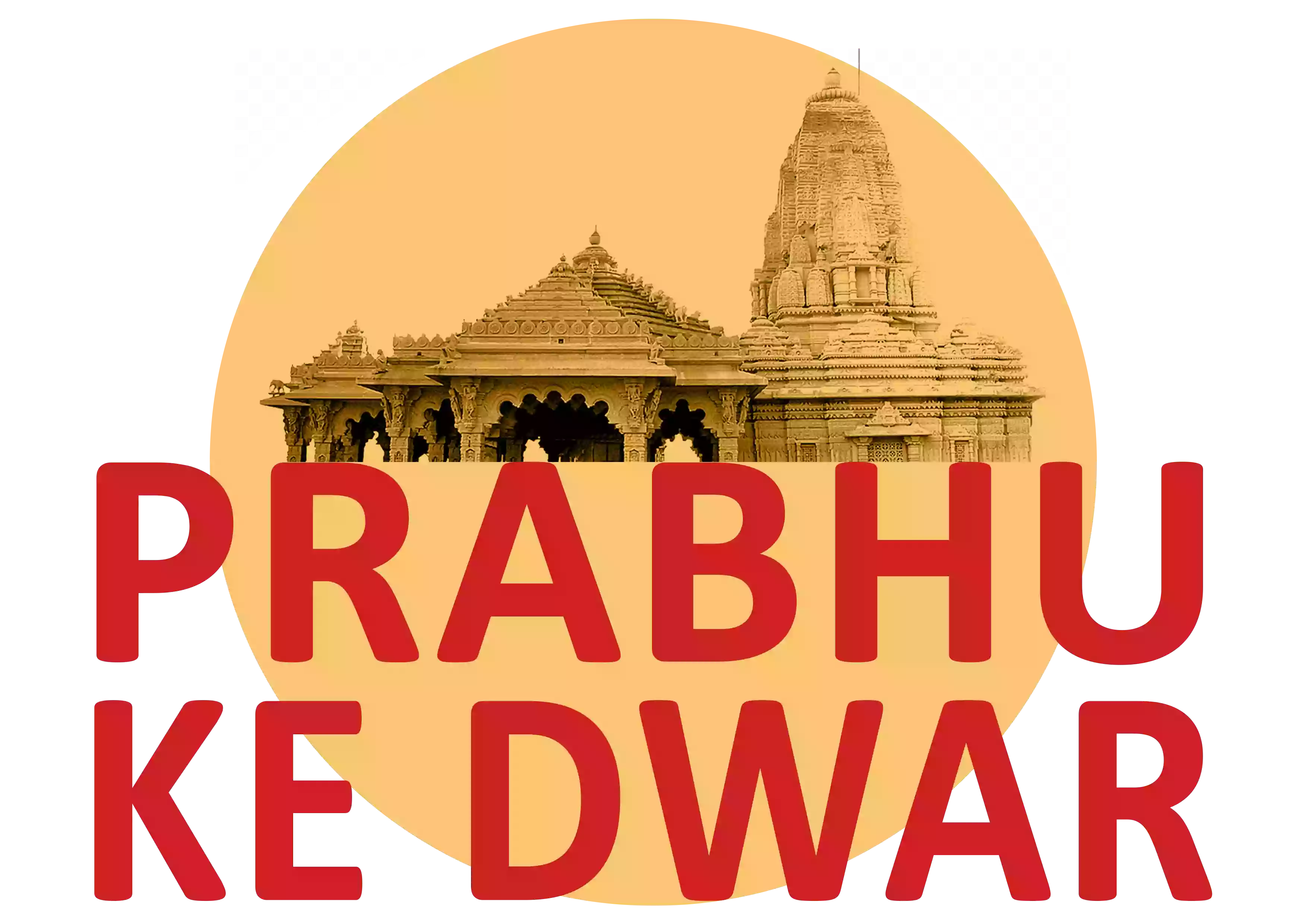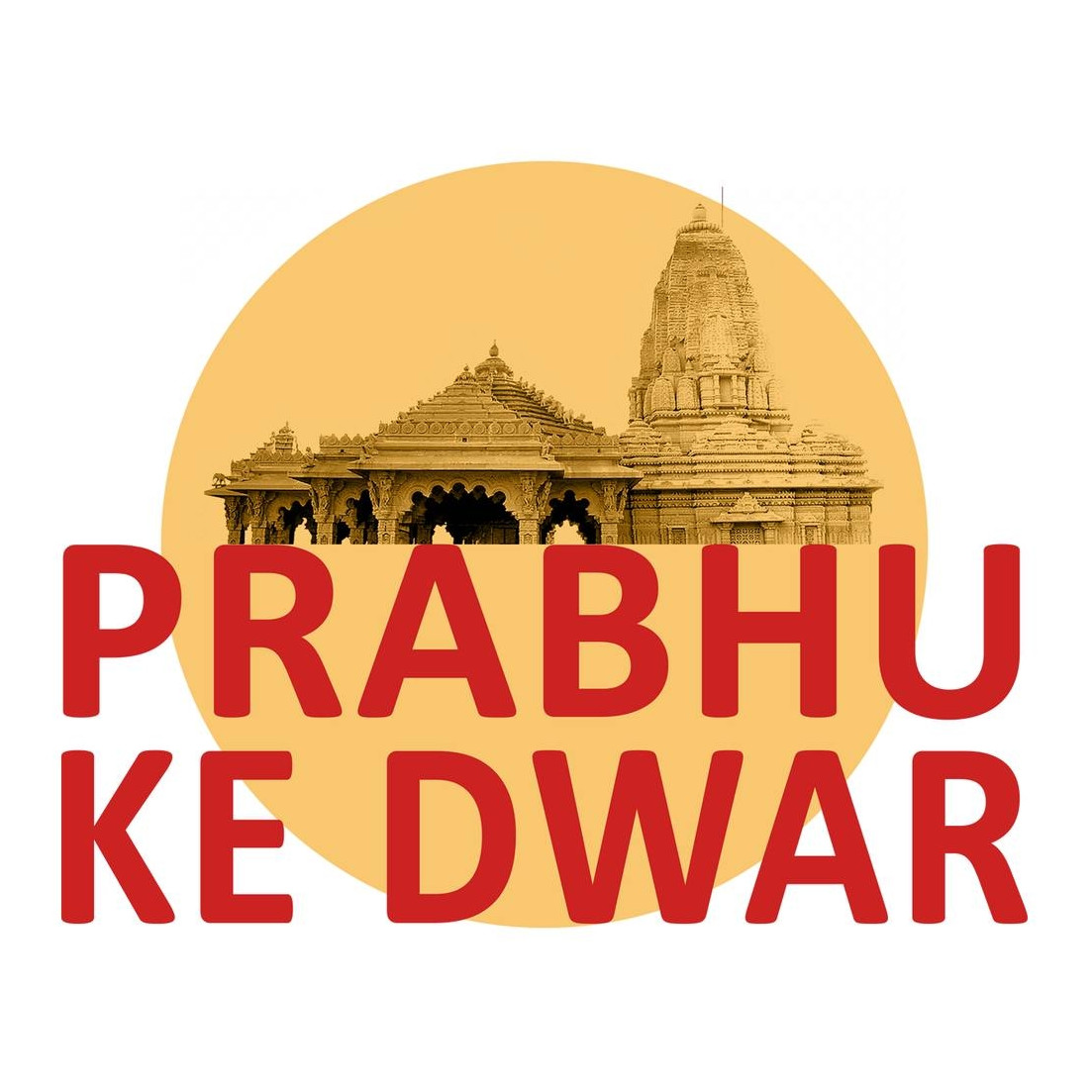| Introduction |
|---|
Table of contents [Show]
Who is Parvati?Parvati, the Hindu goddess of love, fertility, and devotion, holds a significant place in Hindu mythology. She is revered as the wife of Shiva, one of the principal deities in Hinduism, and is considered the embodiment of Shakti, the feminine energy and power. Parvati's role as a nurturing and compassionate goddess makes her a beloved figure among devotees. Importance in HinduismIn Hinduism, Parvati is not just a goddess but a symbol of divine feminine energy. Her stories and attributes reflect the values of love, devotion, and strength, inspiring millions of followers. Understanding Parvati's diverse aspects helps in appreciating the rich tapestry of Hindu mythology and spirituality. |
| Origin and Mythology |
Birth and ParentageParvati is believed to be the daughter of King Himavan and Queen Mena, the rulers of the mountains. Her birth is often seen as a divine event, foretelling her future role as Shiva's consort. From a young age, Parvati showed a deep devotion to Shiva, undertaking severe penances to win his love. Marriage to ShivaThe union of Shiva and Parvati is one of the most celebrated events in Hindu mythology. Despite initial reluctance from Shiva, Parvati's unwavering devotion and penance eventually won his heart. Their marriage symbolizes the perfect blend of asceticism and worldly life, illustrating the harmony of opposites. |
| Names and Epithets |
Popular NamesParvati is known by many names, each reflecting a different aspect of her personality and divine functions. Some of the most popular names include Uma, Gauri, and Shailaputri. These names highlight her beauty, maternal nature, and mountain origins. Regional VariationsAcross India, Parvati is worshipped under various names and forms, influenced by regional traditions and stories. In South India, she is often called Meenakshi, while in Bengal, she is known as Durga. These regional variations showcase the goddess's adaptability and widespread reverence. |
| Parvati in Hindu Texts |
Mentions in Vedas and UpanishadsParvati's presence in ancient Hindu scriptures like the Vedas and Upanishads is more symbolic, representing the concept of divine feminine energy. While not explicitly named in these texts, her essence as Shakti is integral to their teachings. Role in PuranasThe Puranas, especially the Shiva Purana and Linga Purana, provide detailed narratives about Parvati's life, her penance to marry Shiva, and her various incarnations. These stories highlight her virtues and her role as a powerful goddess, balancing Shiva's austere nature. |
| Forms and Incarnations |
Durga and KaliAmong Parvati's many forms, Durga and Kali are the most renowned. As Durga, she is the fierce warrior goddess who defeats evil forces, symbolizing the protective aspect of motherhood. Kali, on the other hand, represents the destructive and transformative power of time. Annapurna and KamakshiIn her benevolent forms, Parvati is worshipped as Annapurna, the goddess of nourishment, and Kamakshi, the goddess of love and desire. These forms emphasize her nurturing and life-sustaining aspects, providing for her devotees' physical and emotional needs. |
| Symbolism and Attributes |
Symbols Associated with ParvatiParvati is often depicted with symbols that reflect her divine nature. The lotus flower signifies purity and spiritual awakening, while the trident represents her power and connection to Shiva. These symbols help devotees focus on her attributes during worship. In iconography, Parvati is usually shown as a beautiful woman with a serene expression, often accompanied by Shiva and their sons, Ganesha and Kartikeya. Her imagery conveys both her gentle, nurturing side and her formidable strength. |
| Worship and Festivals |
Major FestivalsParvati is celebrated in various festivals throughout the year. Navaratri, a nine-night festival, honors her different forms, especially Durga. Teej is another important festival, where women fast and pray for marital bliss and the well-being of their husbands. Temples Dedicated to ParvatiNumerous temples across India are dedicated to Parvati, each with unique rituals and traditions. The Meenakshi Temple in Madurai and the Kamakshi Temple in Kanchipuram are among the most famous. These temples serve as important pilgrimage sites, attracting millions of devotees. |
| Parvati's Role in Hinduism |
Mother GoddessAs the mother of Ganesha and Kartikeya, Parvati embodies the ideal mother figure, nurturing and protective. Her stories often depict her maternal love and concern for her children. This aspect of Parvati resonates deeply with her devotees, who see her as the universal mother. Parvati as ShaktiParvati's identity as Shakti highlights her role as the dynamic energy that sustains the universe. She is both a supportive wife to Shiva and an independent goddess with her own powers. This duality makes her a powerful symbol of feminine strength and resilience. |
| Modern Interpretations |
Parvati in Contemporary CultureIn modern times, Parvati continues to inspire art, literature, and popular culture. Her stories are retold in books, movies, and TV shows, often with contemporary twists. These adaptations help keep her legacy alive and relevant for new generations. Influence on Modern Hindu PracticesParvati's influence extends to modern Hindu practices, where she is invoked in prayers for marital harmony, fertility, and protection. Her teachings on devotion and perseverance are still relevant, offering guidance and solace to her followers. |
| Conclusion |
Parvati's enduring legacy as a goddess of love, strength, and devotion continues to captivate the hearts of millions. Her diverse forms and attributes reflect the multifaceted nature of the divine feminine, offering a rich tapestry of stories and teachings. As a symbol of unwavering devotion and maternal care, Parvati remains an integral part of Hindu spirituality. |
| FAQs |
Who is Parvati in Hindu mythology?Parvati is a major goddess in Hindu mythology, known for her roles as the wife of Shiva and the mother of Ganesha and Kartikeya. She represents love, fertility, and devotion, and is revered as a symbol of Shakti, the divine feminine energy. What are the other names of Parvati?Parvati is known by many names, including Uma, Gauri, Shailaputri, Meenakshi, and Durga, each reflecting different aspects of her personality and divine functions. How is Parvati worshipped in Hinduism?Parvati is worshipped through various rituals, prayers, and festivals. Major celebrations include Navaratri and Teej, where devotees honor her different forms and seek her blessings for marital bliss, fertility, and protection. What are the symbols associated with Parvati?Symbols associated with Parvati include the lotus flower, which signifies purity and spiritual awakening, and the trident, representing her power and connection to Shiva. These symbols are integral to her worship and iconography. What is Parvati's role in modern Hindu practices?In modern Hindu practices, Parvati continues to be a source of inspiration and devotion. She is invoked in prayers for marital harmony, fertility, and protection, and her teachings on love and perseverance remain relevant to her followers. |
Search



